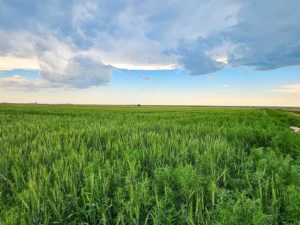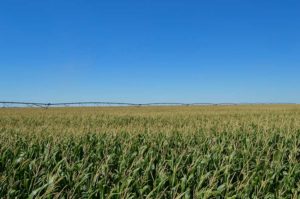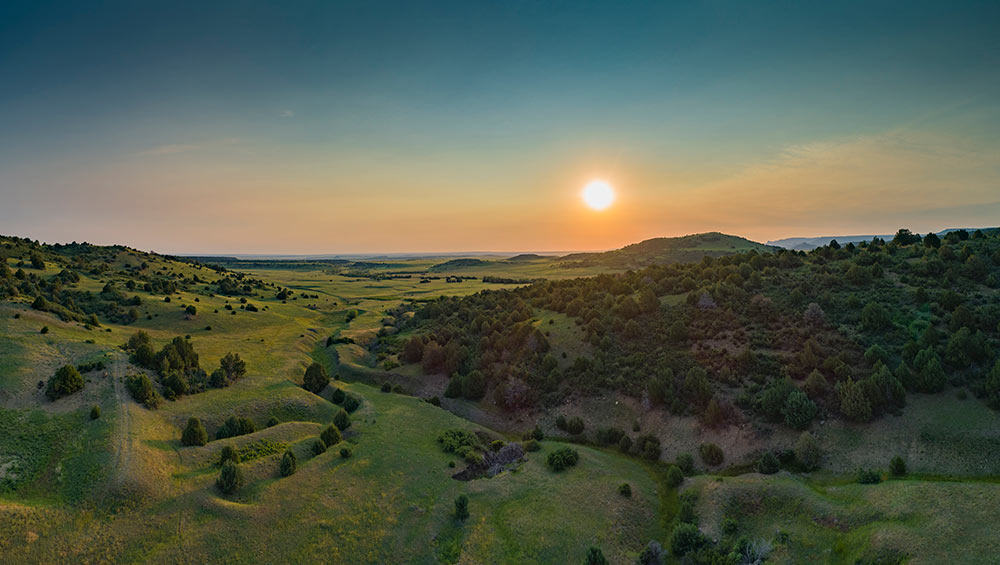Why Land Investors Need Range Management Practices
In Colorado, successful land investors need to adopt range management practices. Pastures and rangelands get hit by a gamut of challenges, from weather to regulations to animal health.
 Let’s find out why it’s smart to get ahead of the game. A guide on the Colorado State University website entitled, “Range and Pasture Management,” can be a good place to start.
Let’s find out why it’s smart to get ahead of the game. A guide on the Colorado State University website entitled, “Range and Pasture Management,” can be a good place to start.
Why Manage Land
Well-managed land brings the highest continuous yield without endangering the range. When landowners determine to successfully manage land investments, they will be effective. But it takes good plans. By creating short-term and long-term plans to care for the land, the value and uses can be improved. Study the range, soil, and water resources. Plan for ranch managers to positively impact the ranch ecosystem.
Millions of Acres of Cropland
Colorado encompasses 66,700,000 acres. We count 28 million in the mountain ranges and almost 16 million in the plains. A whopping 22 million acres can be classified as croplands. Range lands include several types of grasslands and prairies. A combination of grassland, prairies, savannas, shrub land, deserts, wetlands and marshes, and native meadows can be found in the Colorado plains.
Range Lands Importance to Everyone
Range lands improve the standard of living and quality of life. How? As societies, we rely on wide-open land for many things – things we take for granted. For example, we produce food on rangeland. Animals forage.
Open lands improve the quality of the air and water and can stabilize the climate a little. Land may also mitigate the effect of floods and drought. Under the microscope, we see more. Soil fertility, pollination, and nutrient cycling show up. The biodiversity and profound beauty of Colorado’s pastures and ranges provides us with peaceful cross-country drives.
Range Management Goals
How do we use range management? Savvy landowners build effective management plans to facilitate the care of their agricultural investments. Decisions to plant, water, or rest pastureland can make big differences. Each portion of a property will have its own specific needs and goals.
Customized Range Management Plans
Specific steps need to be customized for each part of a range or pasture. Is there livestock production, watershed conservation, wildlife habitat, recreation, and open space? Of importance will be setting achievable annual goals.
For example, decide on simple but carefully thought-out ways to seed and rest the soil. A farmer may choose to cover a range with good forage plants to attract wildlife. For the health of the livestock and wildlife, landowners might fortify the range. Where will the feed reserve be held? How can a ranch manager plant and/or harvest to prevent soil erosion?
Get Familiar with Plants and Ranges
If you toy around with the idea of managing a ranch, take a step forward. Tour a handful of Colorado ranches. See the Range and Management guide at CSU. Learn the terminology associated with rangeland and pastures. It’s taught in Chapter III in the Table of Contents.
- Range and pasture management
- Range plants and structures
- Common range terms
- How plants grow and indicate grazing response
- Decreaser plants
- Increaser plants
- Invader plants
- Range sites and ecological sites
- Range utilization
- Poisonous and injurious plants
- Range and ecological site descriptions
Real Estate Agents in SE Colorado
Are you ready to invest in land or run a ranch? Let’s talk about it.
Call Cruikshank Realty (719) 336-7802. Schedule an appointment or come by our office at 20 S. Main Street, Lamar, CO 81052.
Specializing in Residential, Farm and Ranch Real Estate Sales, Management, Auctions, and Exchanges.

